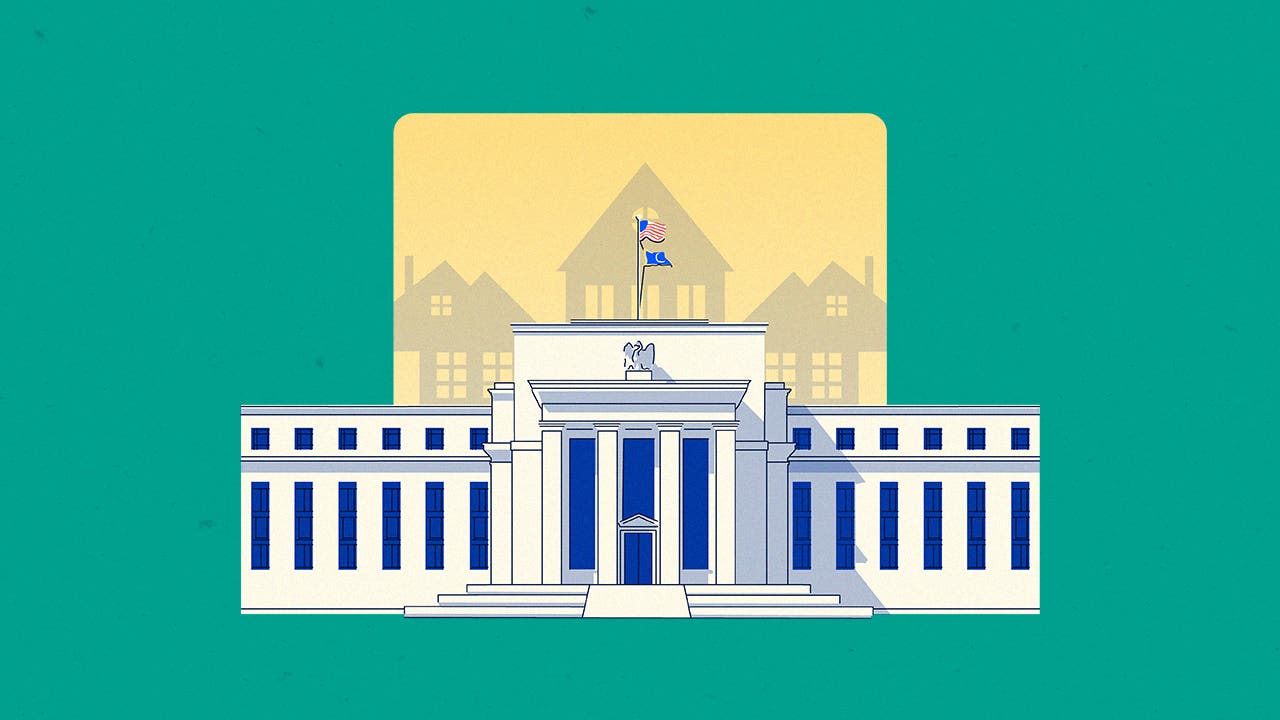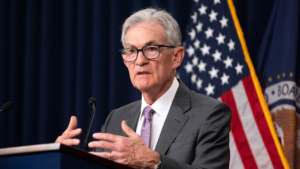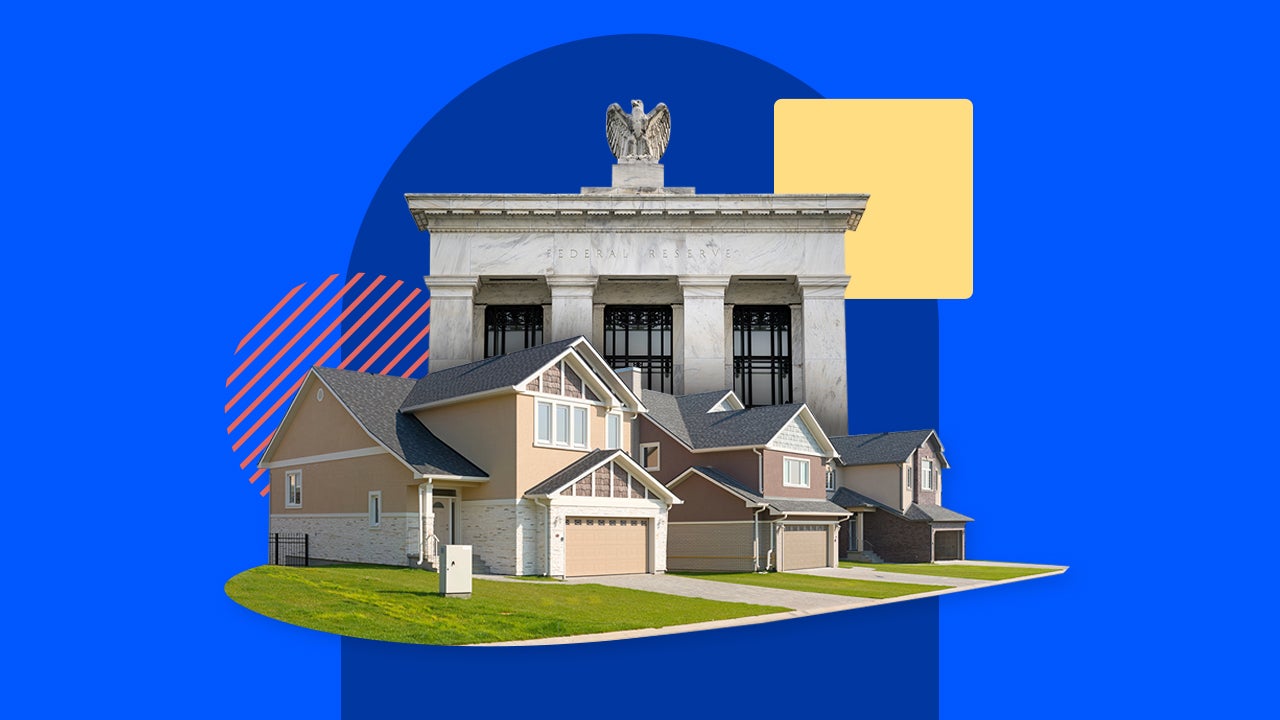How the Federal Reserve affects HELOCs and home equity loans

The Federal Reserve’s interest rate decisions influence what you pay for variable-rate home equity lines of credit (HELOCs) and new home equity loans. Let’s break down how the Fed’s monetary policy affects how much it’ll cost you to borrow against your home.
At its May 2025 meeting, the Federal Reserve again kept interest rates the same as policymakers await more data on inflation, the effects of tariffs and other outcomes tied to the Trump administration’s moves. The Fed meets again next month, on June 17 and 18.
How do Federal Reserve decisions affect HELOCs and home equity loans?
When the Fed changes the federal funds rate — the interest rate banks charge each other for overnight loans to meet reserve requirements — it affects other benchmarks, including the prime rate. The prime rate usually runs 3 percentage points higher than the fed funds rate, and tends to parallel its moves.
Many home equity lenders directly tie the rates on HELOCs and home equity loans to the prime rate. Because HELOCs often have variable interest rates, the cost of borrowing one can rise or fall with the prime rate and fed funds rate — making your HELOC more or less expensive.
Home equity loans come with fixed rates, so they aren’t as deeply impacted by Fed decisions. Once you close the equity loan, your rate won’t change. If you’re thinking of getting a new home equity loan now, however, the rates you see are influenced by the fed funds rate.
How soon do HELOC rates change after a Fed meeting?
It happens fast. Current HELOC borrowers can expect their interest rate and payments to adjust within a month or two after a Fed rate change. Current home equity loan borrowers won’t see any difference, as their rate and payments are fixed. However, the rates advertised for new home equity loans will reflect any Fed change fairly quickly, as well.
“For new offers on both products, rates could change right away after the Fed makes a move,” says Ted Rossman, senior industry analyst at Bankrate. “It’s up to the lender, but when the market changes, they tend to adjust pretty quickly.”
If you already have a HELOC but haven’t drawn from it, rising rates won’t affect your wallet all that much. If you do owe, you’ll have a larger monthly payment to cover, usually within the next two billing cycles. This applies whether you’re in the draw or repayment phase.
If rates do rise, you might want to explore whether you can lock in a fixed rate on a portion of your HELOC balance. This isn’t an option with every lender, and there might be some limitations or fees if it is.
Key Fed moves that impacted home equity rates
Is now a good time to get a HELOC or home equity loan?
Although the Fed is standing pat on rates, its rate cuts in 2024 made tapping home equity cheaper. The average HELOC rate closed out the year almost a full percentage point lower, according to Bankrate’s national survey of lenders. Currently, HELOC rates average 7.99 percent as of May 7, and are forecast to retreat further.
Home equity loan rates have recorded a more modest decline, at around 8.36 percent as of May 7, but are still at lows for the year thus far. They too are expected to continue on a downward course.
Still, these rates are double what they were just a few years ago.
“This isn’t the low-cost source of funds it was for the better part of 20 years,” says Greg McBride, chief financial analyst at Bankrate. “Home equity rates are high, so be sure to shop around to seek out the best offers. Homeowners are sitting on a mountain of home equity but borrowing against it is pricey, so be diligent in doing so.”
Before you open a HELOC, understand the maximum interest rate, when the draw period ends and whether you’re responsible for interest payments only.
Whether you opt for a home equity loan or HELOC, and no matter the interest rate, consider borrowing in the context of your overall finances, both present and future, Rossman says.
“It’s important to think through what you’re going to use the money for and if you’re better off waiting or taking out a different type of loan,” Rossman says. “Think through the alternatives and what your payback schedule is going to look like.”






